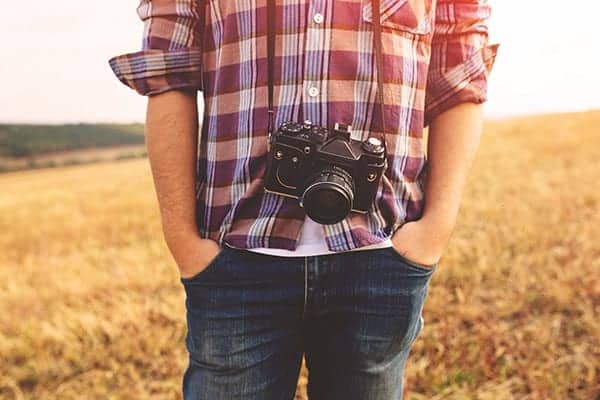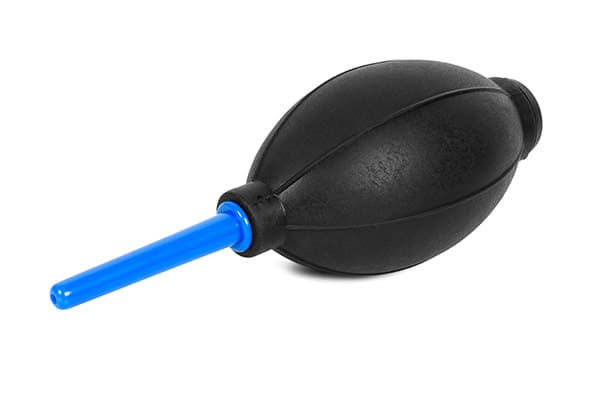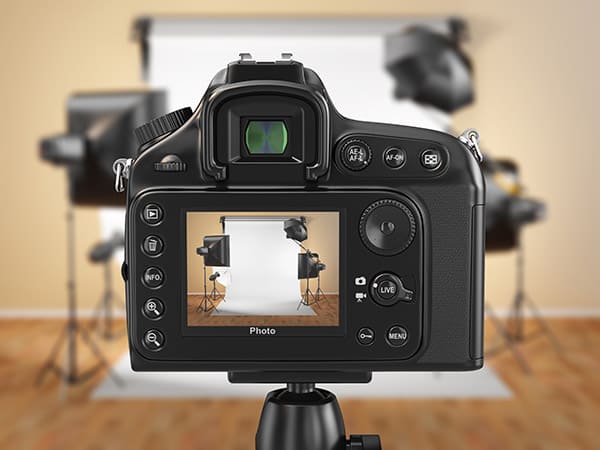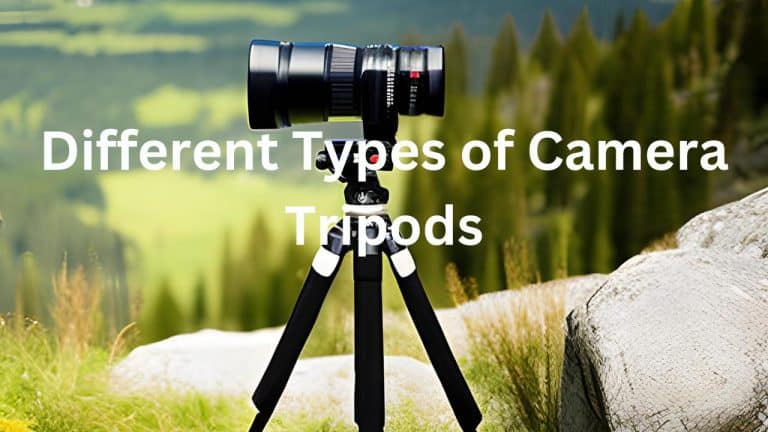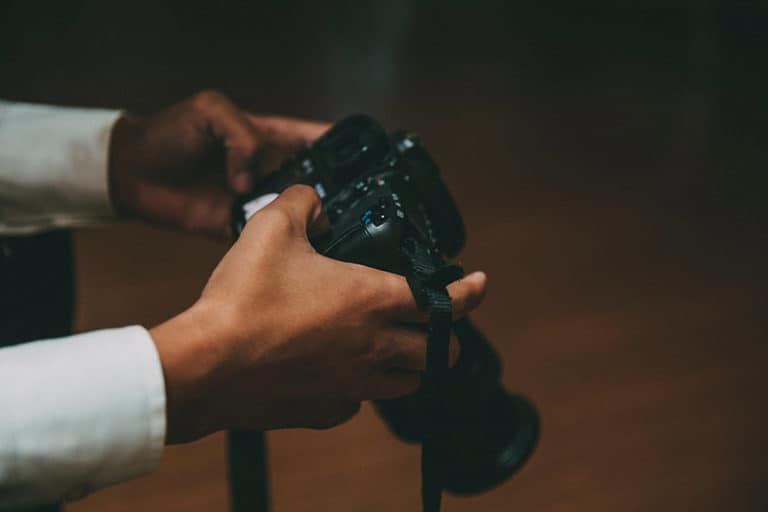Outdoor video recording tips
Outdoor lighting is something that always changes. The sun is always moving, clouds appear and also the rain is experienced different times of the year. These all affect the camera settings when taking outdoor video. Therefore to properly shoot the video outside you need to arm yourself with reflectors, diffusion panels and some items that will replace a lighting kit so as to manipulate and bounce the sunlight around. Anywhere the lighting and ambiance appear good, it is interesting. However, there are a few useful tips that can be used to get the best outdoor video. These include:
Use the sun as a backlight
The object is supposed to be placed between you and the sun. This enables to achieve a backlight effect that will emphasize the sketch out of the subject. This is a desirable effect for emotionally charged scenes. The subject, however, has no squint into the sun. The technique works better when the sun is at an angle of 45 degrees. If the recording is too low, there would be the risk of lens flare. This should be tried after midday. The sun should be behind; this is because the subject may get rimmed by the beam. This creates a clear streak that separates the focus from the background. Due to its manifestation as split, it also layers the subject matter in front of the background basics thus emphasizes on the 3D scenery of the earth through the video recording itself appears be a 2D picture. Backlighting also insists on the subject’s appearance. The appearance is significant and the frame light can be used to emphasize the feature. The rear light also places the frontage in the shade thus creating a more spectacular look. However, if you need more dramatic lighting, the shadow should be placed towards the camera.
Use the golden hours of daylight
This is another option that will result in the best end result. This involves recording the video when the sun is low in the sky. This is an hour before sunrise and an hour before sunset. This is the time the sunlight turns golden. This magical time is referred to as golden time. In this time everything and everybody looks better in that lighting. Video recording with the sun being at the back, the subject will have a rosy glow.
Use a wide aperture
A wide aperture is supposed to be selected and zooming on the subject. This enables to blur the background and thus sharpening the image of the object. This technique is the best way to visually create ambiance without any distraction from the object. The technique is important in outdoor video recording because it minimizes the impact of any unwanted movement in the background. This means that by limiting visual distractions, the focus of the subject will be kept. Therefore if the aperture is opened and zoomed in a beautiful shadow, depth is got. This creates a blurry background.
Avoid autofocus
When shooting a video outdoor, it means that there are several objects in the depth of the field. These objects include trees and buildings which can confuse the autofocus. The recording should, therefore, be taken with caution so as to avoid the confusion of the autofocus. If not taken carefully, the footage will keep on focusing on the trees behind the subject and blurring the subject. However, the manual focus is preferred for outdoor video recording to avoid this to happen.
Use filters
Most cameras have filters that eliminate the slight annoyances of the outdoor video recording that distracts reflections and glare. For an example, an UV filter can be used to reduce glare and a polarizing filter can be used to reduce reflections either from windows or water. This makes the filters important when taking video outdoor and hence results in quality videos.
If you would like to read more about filters and how they work, read my post here.
Consider colour temperatures
Apart from presenting unique challenges, the ability to choose high definition videos at night brings about opportunities especially in terms of colour temperature. When shooting night exteriors under ambient lighting at high ISOs, colour temperatures are mixed creating a lot of colour contrast in the real world.
This swarm of colour will require the gelling of lights by shooters to match the natural ambient created. For example, a traditional way of film lighting shows that the instruments involved are composed of perfectly matching colour temperatures.
Scout the location for lighting
Blocking the action may be the main reason for scouting your location, but it is also for purposes of preparing the scene for lighting, which is critical. It saves a lot of money when a location is scouted carefully. This requires that you personally participate in the process and note the exact time the hoot is going to be done. The sun is the most recommended light in this case. A piece of foam core incorporated with the sun is a great lighting package. Planning the sun’s position accordingly and scouting the scene using a bounce card provides many ideal shooting sites. Some locations can also be rejected if the sun’s position at that point is unfavourable.
Outdoor shoots also work the same way, especially in cases where large venues require that you hang lights. It is sometimes difficult to rig if the location is as old as a hundred years or more or if you lack the time to rig. In such a case, bouncing as much light as possible would ensure that the success of lighting large-scale venues is achieved.
Conclusion
Video cameras have features that make them function in different environments. Outdoor video recording, therefore, requires some tips that will boost the quality of the video. It also requires one to decide the kind of shooting and the camera to use. Outdoor video recording also requires professionals who are able to apply the connections and settings. However, DSLR cameras are the best for outdoor video recording. The camera provides quality videos and can be used in any type of weather conditions. With all these tips being applied, outdoor videos will be of high quality.
Sources
Bregitzer, L. (2009). Secrets of recording. Amsterdam: Focal Press/Elsevier.
Underdahl, K. (2006). Digital video for dummies. New York: Wiley.

